Contents
- 1 How Is 3D Printing Transforming Aerospace With Lightweight Components and Rapid Prototyping?
- 2 How Is 3D Printing Being Used to Create Customized Medical Devices and Implants in Healthcare?
- 3 How Is 3D Printing Revolutionizing Manufacturing and Customization in the Automotive Industry?
- 4 How Is 3D Printing Enabling On-Demand Manufacturing and Personalization in Consumer Products?
- 5 How Is 3D Printing Paving the Way for Faster and Greener Construction?
- 6 How Is 3D Printing Redefining Design and Production in Fashion?
- 7 Conclusion
How Is 3D Printing Transforming Aerospace With Lightweight Components and Rapid Prototyping?
Leading aerospace companies like Boeing, Airbus, SpaceX, and Blue Origin are embracing 3D printing in transformative ways.
Boeing
Boeing is in the process of adopting additive manufacturing to produce and test the main rotor system of its Apache AH-64 attack helicopter. This initiative aims to drastically reduce lead times—from a traditional one-year forging process to just nine hours of 3D printing. According to Andy Pfeiffer, a design lead and Boeing designated expert in structural design and additive manufacturing, the new 3D printing process takes only 45 minutes to deposit the aluminum 6000 series and then eight hours to print.
3D printing has also reduced parts complexity at Boeing. For instance, the 787 manifold can now be produced as a single part instead of three, and the command horn antenna has been consolidated into a monolithic design.
Dr. Melissa Orme, Boeing’s VP of additive manufacturing, highlights additional benefits of 3D printing:
- Enabled the creation of lightweight, intricate shapes, such as the upper Y bracket for the deployable ion engine mount of a satellite—reducing the overall weight by 28 pounds.
- Streamlined proof-of-concept development for items with complex geometries that are impossible to achieve with traditional methods, such as the extreme environment heat exchanger.
- Fostered collaboration and innovation when developing products with complex internal geometries, such as the phased array antenna heat exchanger.
- Promoted sustainability in 3D manufacturing by reducing raw material usage, minimizing waste, and improving fuel efficiency across Boeing’s fleet.
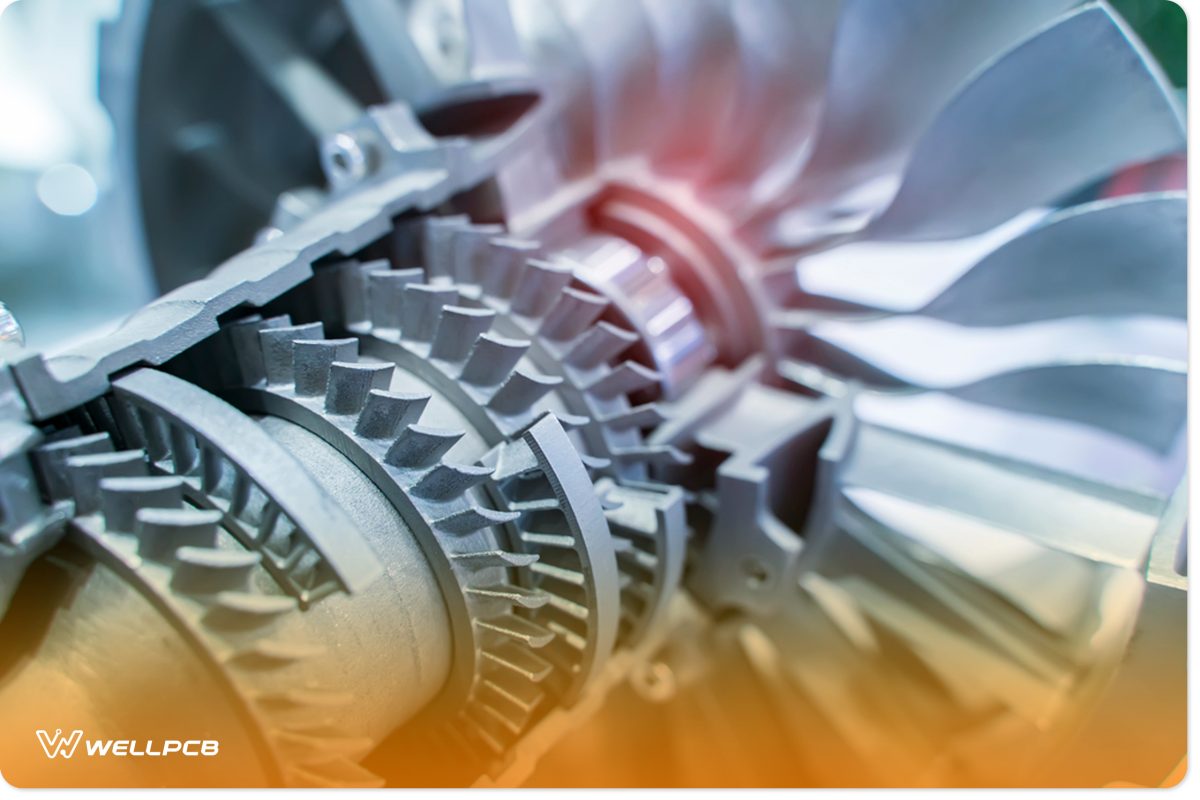
Airbus
Airbus is both a beneficiary and a manufacturer of 3D printing technology. Through Airbus Helicopters, the company has been mass-producing locking shafts for the A350 doors using titanium powder in additive manufacturing. This approach has:
- Reduced component weight and lowered fuel consumption
- Increased resource efficiency
- Made the manufacturing process highly adaptable
Since 2018, Airbus has also been 3D printing spacer panels for its jetliner cabins. These panels are not only aesthetically pleasing but also 15% lighter than their injection-molded plastic counterparts. The process also eliminates the need for complex and costly custom tooling required in injection molding, which is especially beneficial when updating cabin layouts.
SpaceX
Rocket engines are complex marvels of engineering, composed of numerous intricate parts. The team at SpaceX has managed to reduce the complexity of their Raptor engines through 3D printing. For instance, the Raptor 3 engine has a simplified design that avoids the need for heat shields or fire suppression systems by internalizing secondary flow paths and regenerative cooling for exposed components. This makes the engine lighter while providing higher efficiency and thrust.
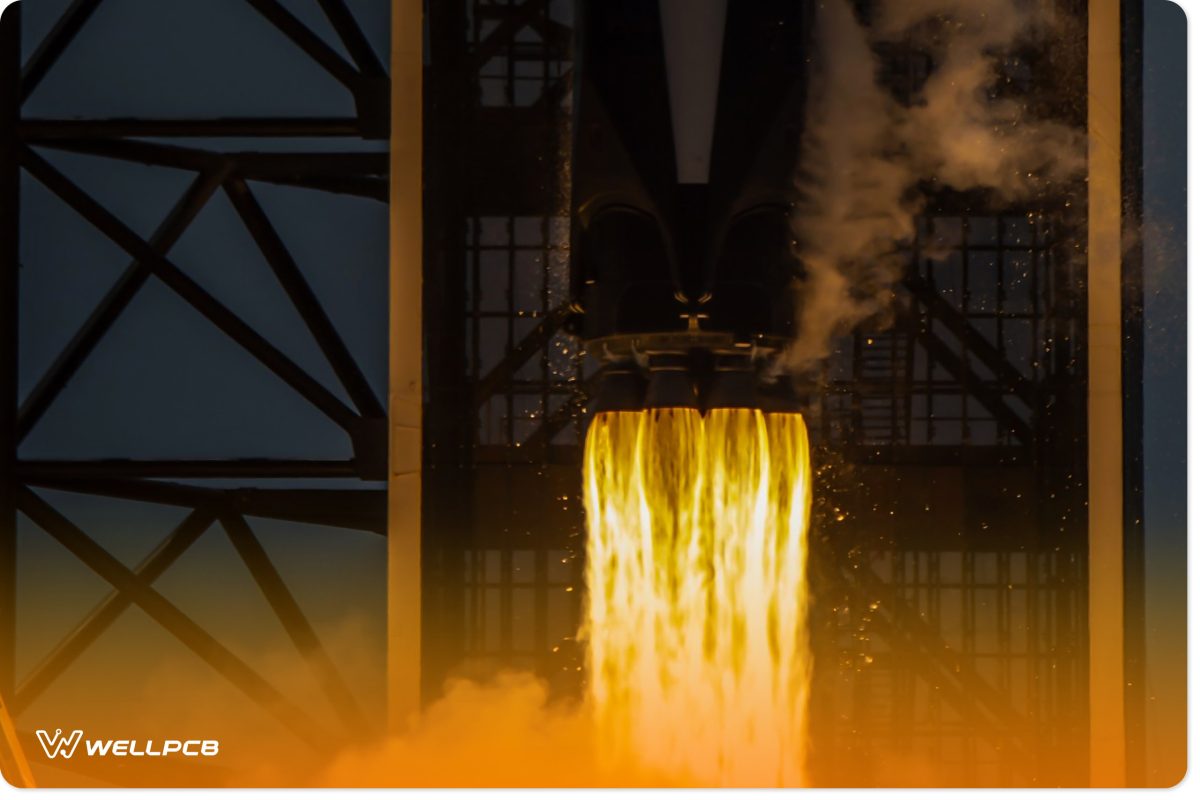
SpaceX also prints the helmets for its EVA space suits, integrating microphones for communication and valves for pressure regulation directly into the customized padding.
Blue Origin
Jeff Bezos’s Blue Origin is also harnessing 3D printing technology in the corporate space race, and has been selected by NASA to advance its propulsion capabilities in future missions from the Moon to Mars. They use custom-developed powder bed fusion technology to 3D print parts for their New Glenn and New Shepard rockets, including engine components. These implementations have enabled rapid prototyping and weight reduction, leading to parts that are more precise and efficient.
Blue Origin also partnered with NASA to develop FSAM (Friction Stir Additive Manufacturing), a 3D printing technique that can process high-strength, high-temperature materials into rocket parts that are difficult to weld. FSAM reduces metal waste when creating large, complex rocket parts.

How Is 3D Printing Being Used to Create Customized Medical Devices and Implants in Healthcare?
3D printing is proving to be a lifesaver in the healthcare industry by simplifying the development of patient-specific implants. A remarkable example is the custom biorobotic hybrid heart developed by MIT, which is a replica of a patient’s heart. The technology uses polymer-based ink that can stretch and contract when dry, mimicking the actions of a real beating heart. This is a significant milestone in healthcare because it enables clinicians to test different valve sizes and types to determine the best fit for each patient.
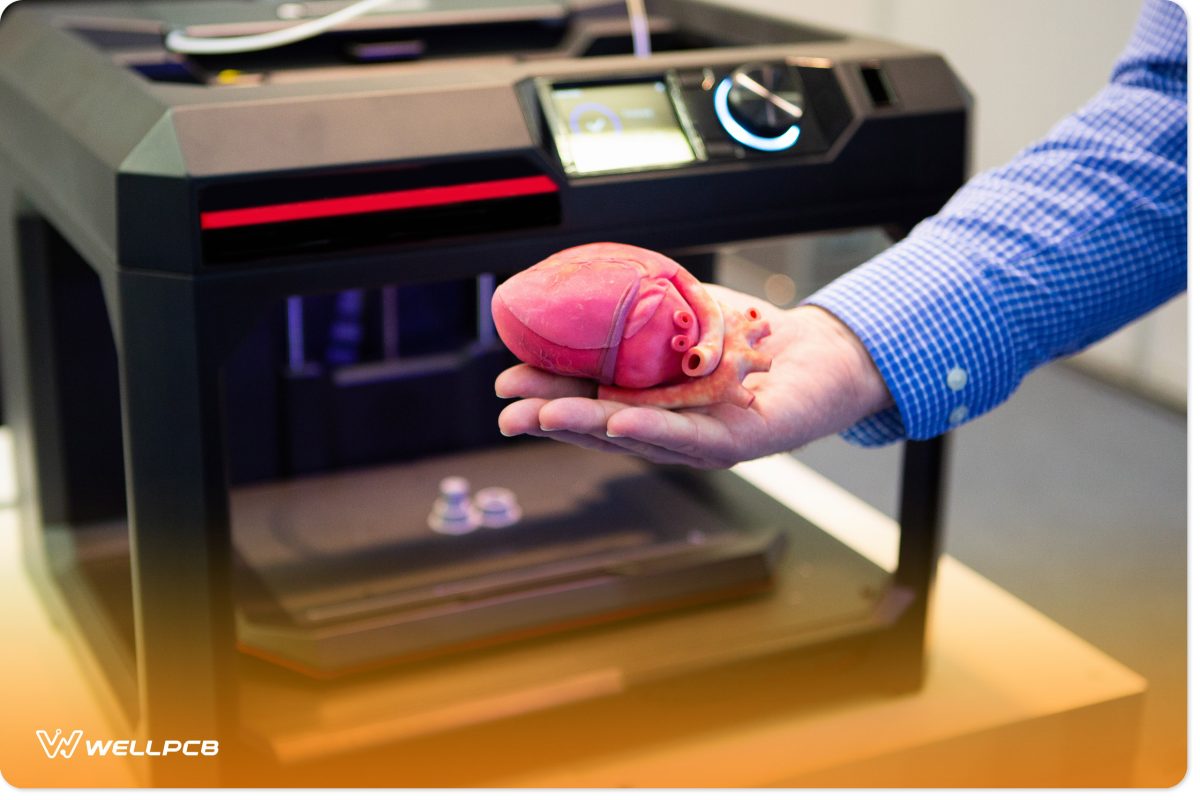
Mayo Clinic employs a similar 3D printing technique. By using imaging results from CT or MRI scans, they create virtual models and then 3D print patient anatomical models using resin-based SLA. These models support surgical planning for new, uncommon, or complex procedures, serve as educational tools for both medical professionals and patients and help tailor treatments for individuals. Studies have shown that using patient-specific 3D models improves the results of surgical outcomes.
Companies like TransMed7 have harnessed 3D printing to develop their Zero5 technology devices for advanced biopsy diagnostics and cardiovascular intervention procedures. When developing prototypes of a suite of biopsy tools for quick and minimally invasive tissue retrieval, TransMed7 turned to 3D printing via an external provider.
Compared to traditional manufacturing, this approach reduced:
- Design and development time from weeks to days
- Production time from months to weeks
- Time to market from 10 years to 2
- Infrastructure and overhead costs by millions
The potential applications of 3D printing in medicine are vast. Healthcare providers can explore 3D-printed bone composite implants using materials like FiberTuff, shapeshifting components that respond to body fluids, and print vascular tissues to enable larger engineered tissue constructs.

How Is 3D Printing Revolutionizing Manufacturing and Customization in the Automotive Industry?
3D printing isn’t a new concept in car manufacturing, as companies like BMW have been using the technology to produce vehicle parts since at least 1991. Today, additive manufacturing is critical in manufacturing tools, fixtures, and production aids. These include large yet lightweight robot grippers, tailor-made employee orthoses, and specialized teaching or production aids.
3D printing enhances the manufacturing process by allowing parts to be produced cheaply, quickly, and flexibly, adapting to specific car manufacturing requirements.
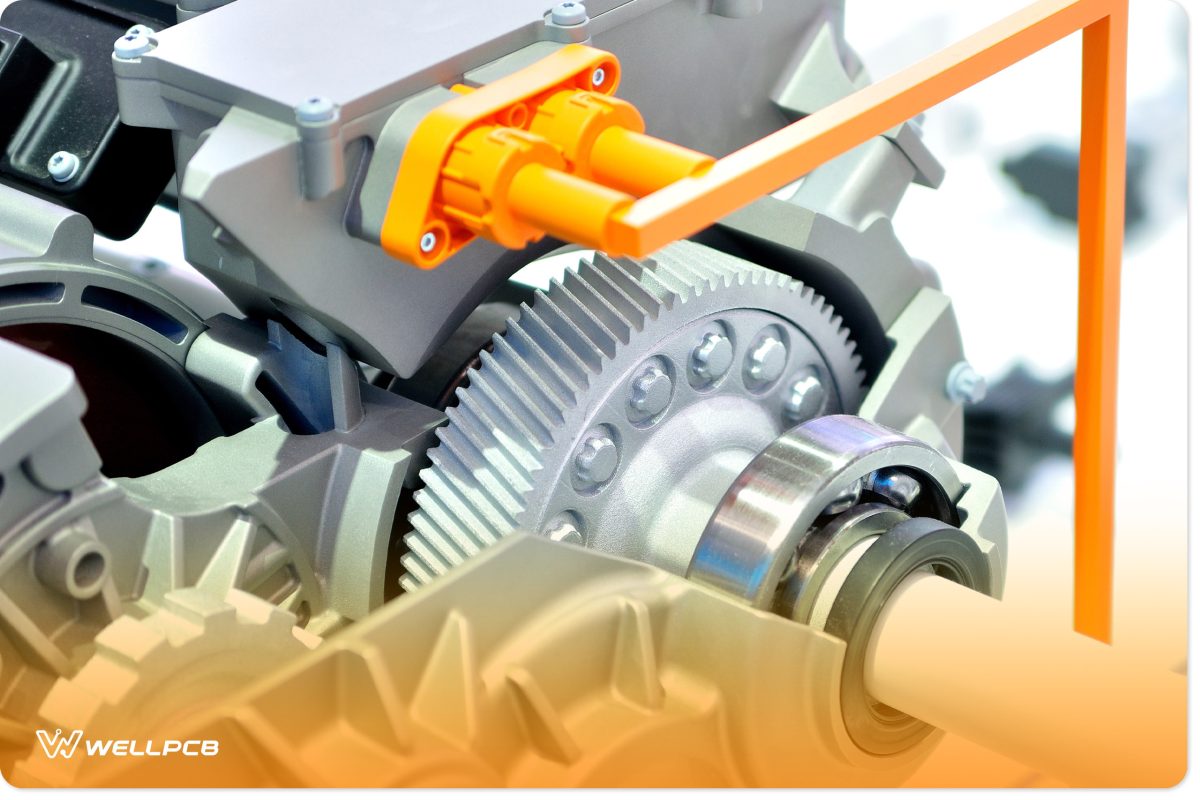
For instance, Ford 3D prints tools and fixtures such as vehicle measuring gauges and custom-sized templates for attaching car logos. Similarly, Audi uses 3D-printed tools for assembling parts in the e-tron GT, including pre-assembly of AC compressors and cooling lines.
Beyond cost savings and shorter lead times, 3D printing makes these tools lighter, enabling production lines to run faster and more efficiently.
By leveraging various 3D printing industry applications, car manufacturers can produce customized tools and car parts on demand. This accelerates innovation, streamlines the production of lightweight, adaptable parts and components, and supports sustainable manufacturing by minimizing material waste.

How Is 3D Printing Enabling On-Demand Manufacturing and Personalization in Consumer Products?
While there’s nothing wrong with having similar product designs on the market, offering unique, personalized, or limited-edition product designs will help your brand stand out. For manufacturers, this exclusivity becomes a significant selling point, enticing customers to pay premium prices. For consumers, these distinctive items offer a sense of uniqueness and collectible value.
Gillette is a great example, as they leverage 3D printing to create unique and exclusive razor handles inspired by whirlpools, ice formations, and underwater corals. This technology allows for the rapid and cost-effective creation of intricate designs, giving customers a broad range of handle designs to suit their personalities.
3D printing also enables rapid prototyping and design improvement of consumer products, such as the Nike-designed Flyprint. Nike conducted thousands of rapid-fire prototypes to replace the water-absorbing textile upper in their performance footwear. The result? A groundbreaking design that is 11 grams lighter than the Vaporfly 4%, more breathable, and resistant to water absorption.
In the world of sports equipment, Cobra Limit3D iron is another prime example of 3D printing business innovation. By integrating a 3D-printed internal lattice structure, Cobra repositioned 33% of the iron’s weight, creating a smaller club with a lower center of gravity (CG) and higher moment of inertia (MOI). This blend of a soft forged feel and exceptional forgiveness is a game-changer for golf players of all skill levels.
3D printing can also be used alongside or in place of CNC machining. This enables the production of complex, custom parts, minimizes material waste, reduces labor costs, and accelerates time-to-market.

How Is 3D Printing Paving the Way for Faster and Greener Construction?
3D printing isn’t restricted to product manufacturing; it’s revolutionizing the construction industry as well. Companies like Apis Cor are using robotic 3D printers to construct homes layer by layer with concrete. This approach is addressing the U.S. housing crisis by building low-rises within 2–3 months, with plans to reduce this timeline to a single week.
Apis Cor has also made history by 3D-printing the world’s largest commercial building in Boca Chica, Texas. This achievement earned top honors in NASA’s space habitat challenge. This is significant because NASA needs robotic printers to make human habitats for its deep space exploration program, using locally available materials on planets and moons. With global space agencies and private companies eyeing space as the next frontier, this field holds immense promise.
As Joseph Cooper, portrayed by Matthew McConaughey in Interstellar, said, “Mankind was born on Earth. It was never meant to die here”. As humanity ventures into space, 3D printing robots will play a pivotal role in building shelters that protect against harsh environments and radiation.
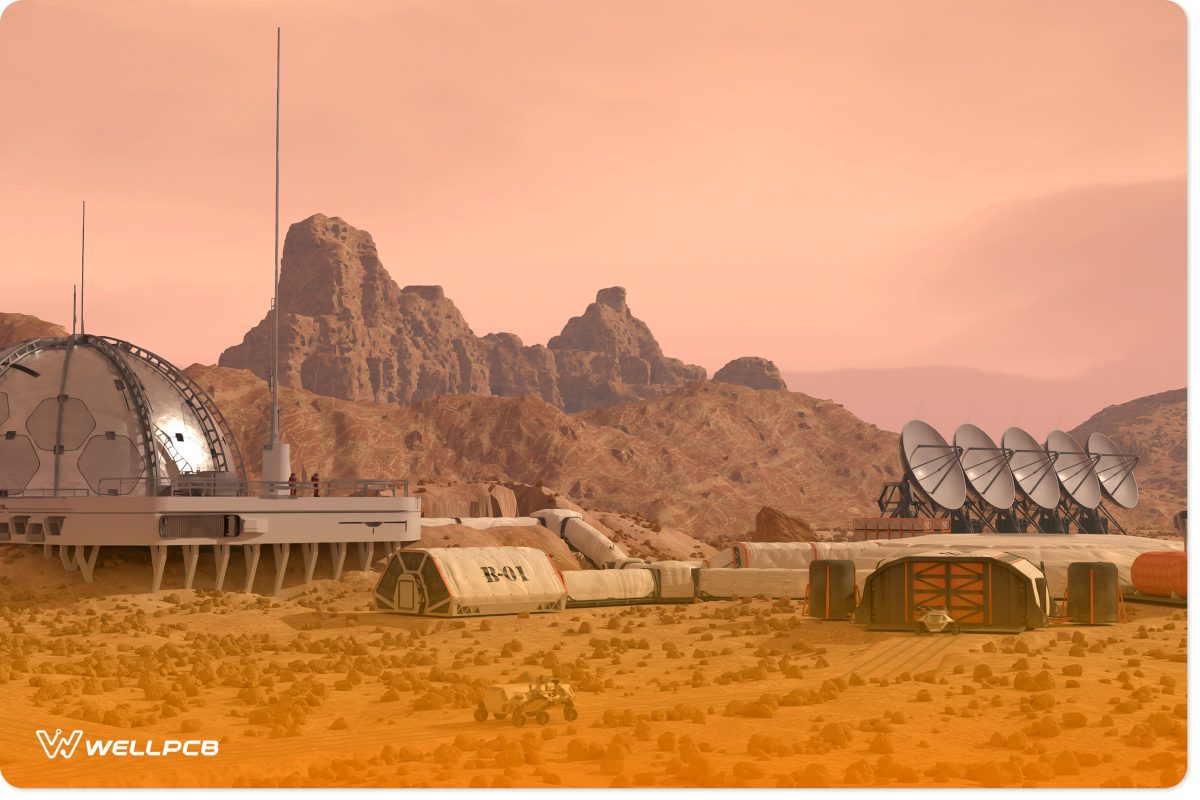
Meanwhile, ICON is advancing Earth-based 3D construction. The company has already 3D-printed residential homes in El Cosmico (Marfa, TX) and Wolf Ranch (Georgetown, TX). ICON’s use of CarbonX, a low-carbon material, demonstrates how 3D printing can reduce material usage, improve energy efficiency, and create uniquely designed, sustainable homes.
3D printing in construction is faster, more cost-effective, and eco-friendly. It minimizes labor and material waste, accelerates building timelines, and allows for creative, energy-efficient home designs.

How Is 3D Printing Redefining Design and Production in Fashion?
3D printing’s ability to produce intricate and complex designs has made it an indispensable tool in the fashion industry, beginning with shoes.
Adidas, in collaboration with Carbon, leveraged 3D printing to develop the innovative 4DFWD midsole. While its initial purpose was to provide runners with an all-new running experience—using athlete data to fine-tune the midsole to specific movement patterns—it has since become a work of art.
Beyond its performance benefits, the 4DFWD stands out for its aesthetics, comfort, and durability. Made of UV-curable resin and polyurethane, the midsole forms a stiff elastomer that is supportive, breathable, and long-lasting.
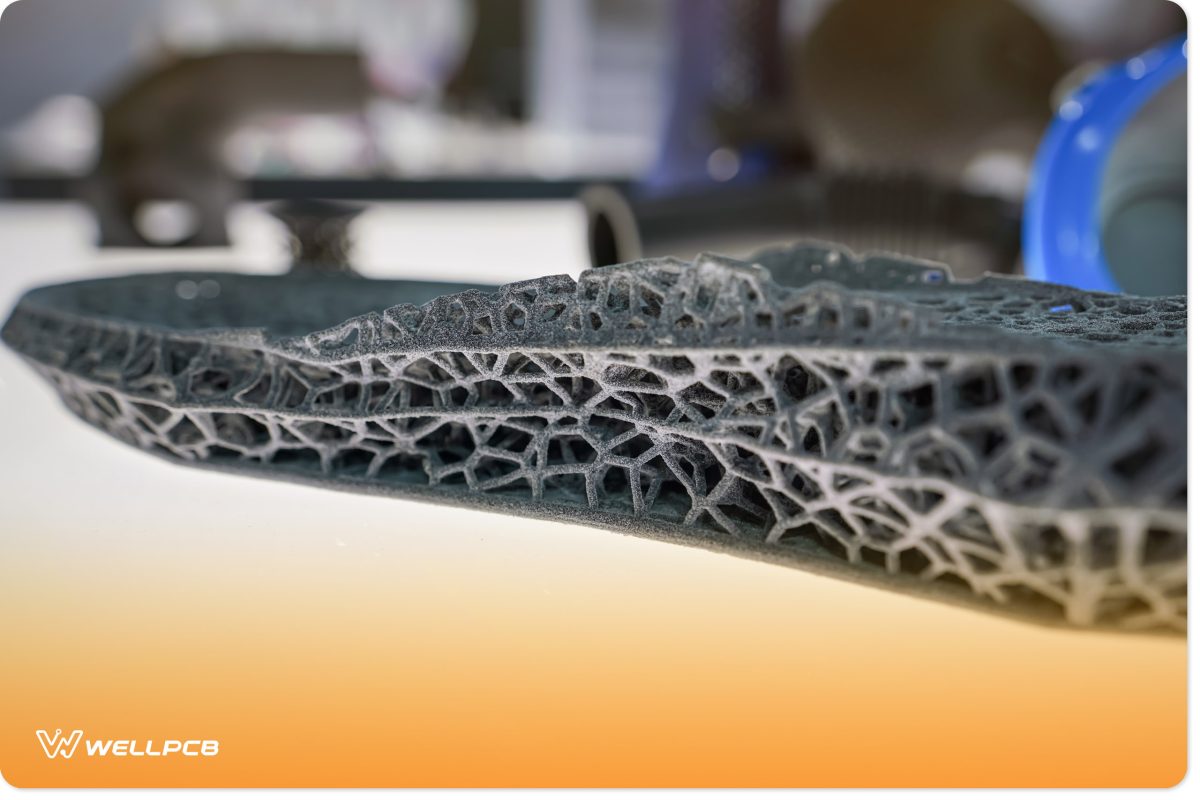
The lattice structure of the midsole is its defining feature, as it redirects vertical impact forces into horizontal forward motion. This reduces the peak braking force by 15%, effectively boosting running efficiency and propelling runners forward.
In contrast, Iris van Herpen takes a more direct approach to integrating 3D printing into fashion. The Dutch designer uses SLA and SLS to craft extraordinary dresses from flexible materials fused during printing. This has enabled her to imagine new shapes and movements in her designs that would otherwise be impossible using only traditional dress-making techniques. These include dresses that flow across the body like a woven web, or that use polyimide to resemble human exoskeletons.
However, 3D printing nevertheless has its limitations. To overcome these, Iris combines it with other techniques to achieve her desired effect, such as electroplating to add shiny metal layers.
Ultimately, 3D printing in the fashion industry enables the creation of wearable contemporary art rather than conventional clothing, offering a unique way to stand out in a competitive industry.

Conclusion
The examples above illustrate the transformative potential of 3D printing across various industries. The benefits of this technology include:
- Simplifying and reducing the time spent developing prototypes, POCs, and final products
- Producing strong yet lightweight objects
- Promoting sustainability by reducing material waste and improving efficiency
- Simplifying complex product designs
- Advancing healthcare by replicating human anatomy and parts
- Accelerating the production of manufacturing tools, fixtures, and jigs
- Enabling unique and imaginative fashion designs
- Supporting on-demand manufacturing and consumer product personalization
- Reducing costs and lead times in construction projects
To fully realize these benefits, companies must choose appropriate 3D printing technology and materials. This requires expertise or collaboration with experienced 3D printing service providers.
WellPCB is here to guide you. Whether you need advice on integrating 3D printing into your business or require professional 3D printing services, our team can help you achieve success.
Contact us today for 3D printing consultations or to explore partnership opportunities.






